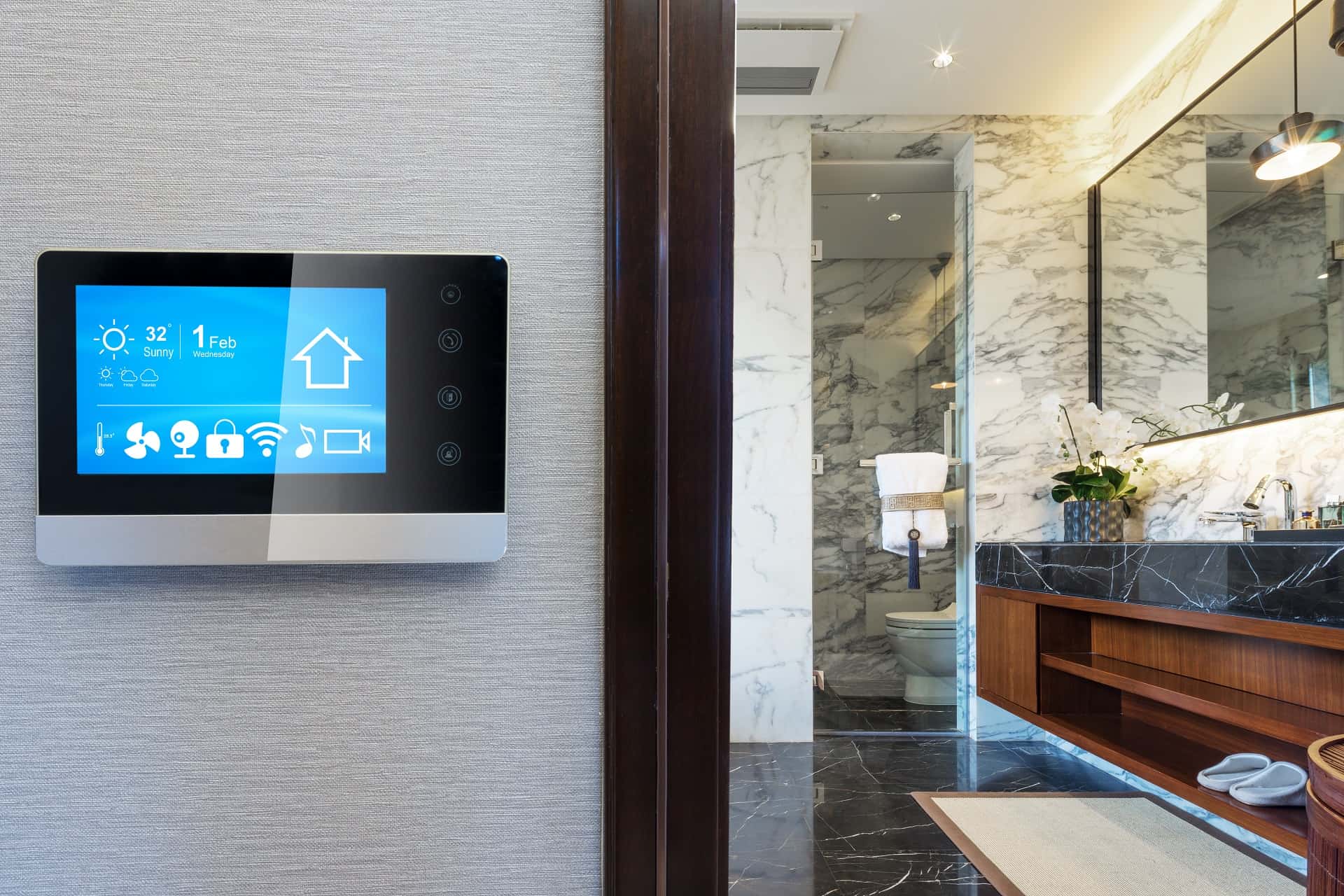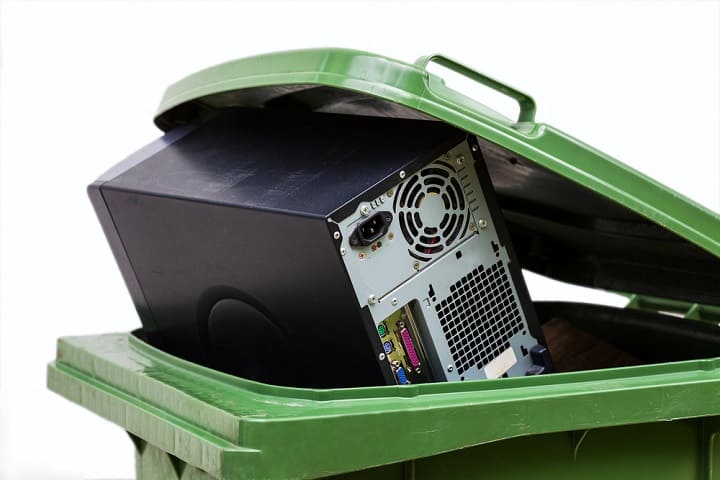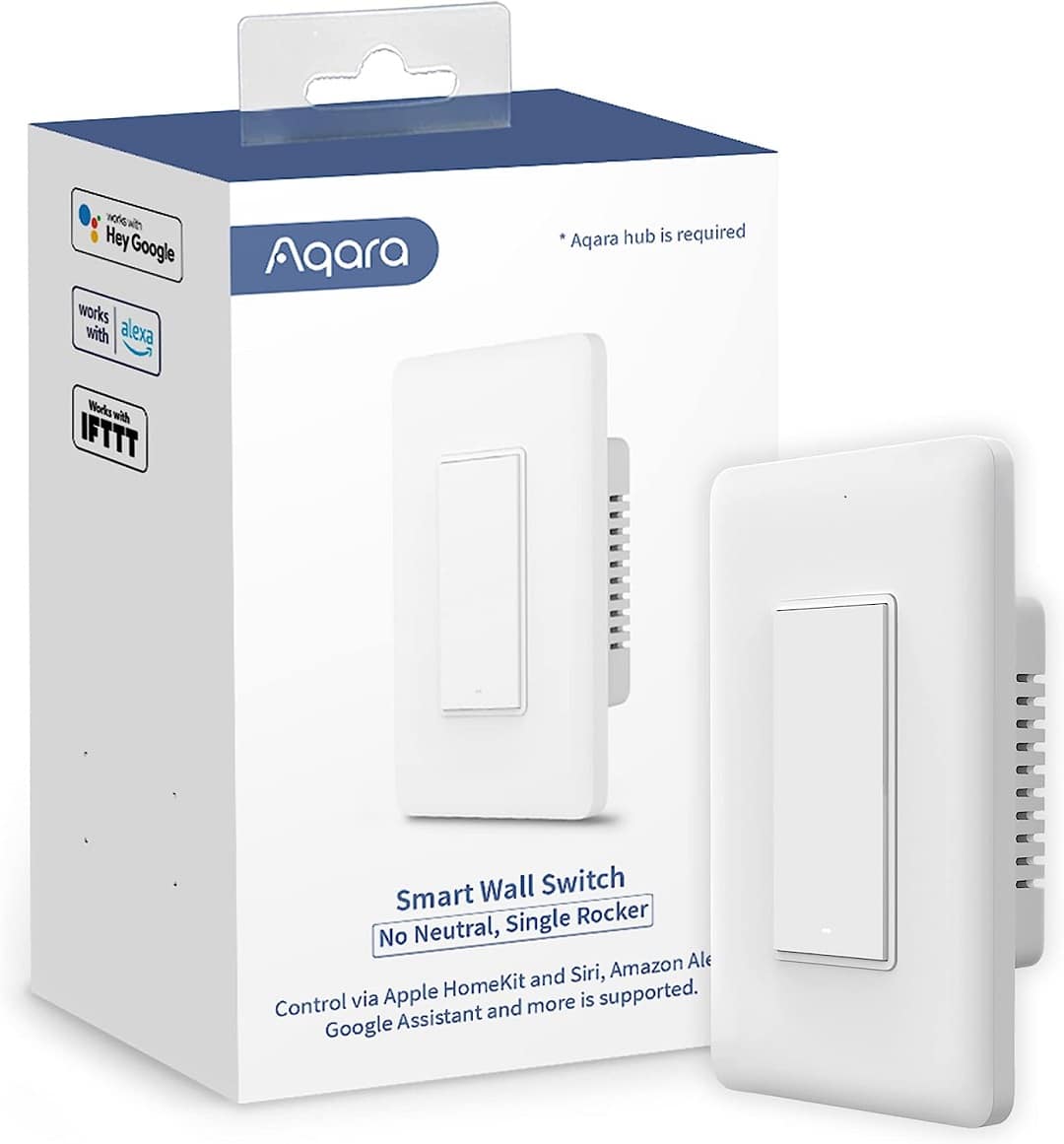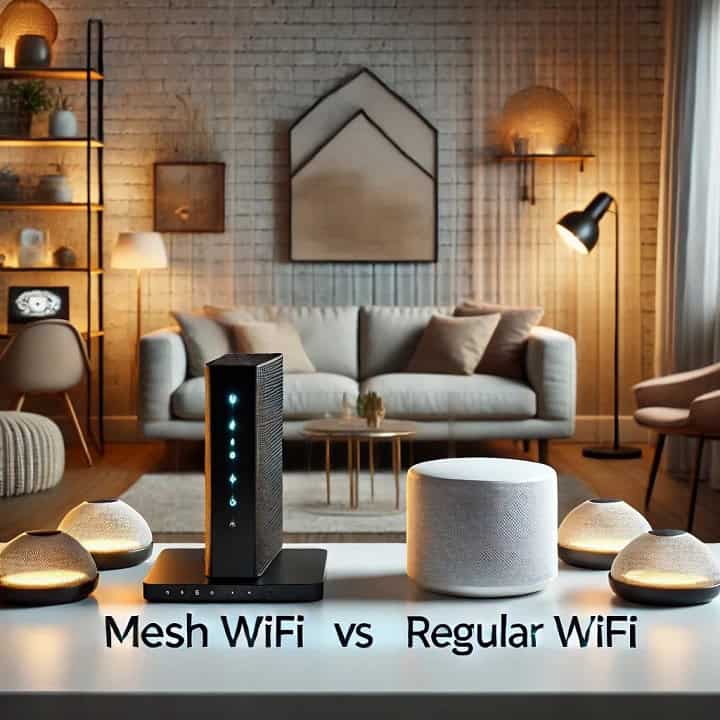Are you tired of manually controlling every aspect of your smart home devices? Tired of having to hop from app to app to control your smart home? Do you dream of a seamless and automated home environment that adapts to your needs and preferences? If so, then you’re in for a treat! In this blog post, we’ll talk about Home Assistant and uncover its incredible potential to revolutionize the way you interact with your home. Whether you’re a tech-savvy enthusiast or a curious homeowner looking to enhance your living space, this post will provide you with a comprehensive understanding of what Home Assistant is and why it’s a game-changer.
What is Home Assistant?
Home Assistant is a powerful open-source platform that allows you to control and automate various smart devices and services in your home. It serves as a central hub for all your smart home gadgets, enabling you to manage and monitor them from a single interface. With Home Assistant, you can integrate a wide range of devices from different brands and control them using your smartphone, tablet, or computer. Whether it’s smart lights, thermostats, cameras, or even your coffee maker, Home Assistant brings them all together and provides a unified user experience.
One of the key features of Home Assistant is its ability to create complex automation routines. You can set up triggers and actions based on various conditions, such as time of day, sensor readings, or even your location. This allows you to automate tasks and create personalized smart home experiences that fit your needs and lifestyle.
Home Assistant also offers extensive customization options. You can create custom dashboards, add new integrations, and even write your own automations using its flexible scripting language. This level of customization ensures that Home Assistant can adapt to your specific requirements and preferences.
Home Assistant is constantly evolving and improving with a vibrant community of developers contributing to its development. It supports a wide range of platforms and protocols, making it compatible with a vast array of smart devices. Whether you’re a beginner or an advanced user, Home Assistant provides a powerful and flexible solution for managing your smart home.
Installation and Setup
Home Assistant is a powerful open-source platform that allows you to turn your home into a smart home. Setting up Home Assistant can be challenging for non-technical people. For technically inclined people, it is a straightforward process that can be done on a variety of devices, including Raspberry Pi, Windows, macOS, and Linux. We’re not going to give a full guide on how to install Home Assistant here, instead you should check out Home Assistant’s website here. Once installed, you can access the Home Assistant interface through a web browser. The interface is user-friendly and provides a step-by-step guide to help you configure and customize your smart home setup.
Integrations and Compatibility
One of the major strengths of Home Assistant is its vast array of integrations and compatibility with a wide range of smart devices and services. Home Assistant supports popular smart home platforms, such as Amazon Alexa, Google Assistant, Apple HomeKit, and Zigbee. It also integrates with popular brands like Philips Hue, Nest, Sonos, and many more. Home Assistant supports over 2,500 different devices and platforms, making it highly versatile. With Home Assistant, you can control and automate various aspects of your home, including lights, thermostats, security cameras, and even media devices. The platform also offers advanced features, such as automation rules, scripts, and custom integrations, allowing you to create personalized smart home experiences.
FAQ
How does Home Assistant work?
Home Assistant is a powerful and flexible open-source home automation platform. It works by integrating with a wide range of smart devices and systems in your home, allowing you to control and automate them all from a single unified interface. By using a combination of cloud services, local network connections, and various protocols like Zigbee, Z-Wave, or Wi-Fi, Home Assistant can communicate with smart lights, thermostats, security cameras, and more. It runs on a Raspberry Pi, or any other computer or server, and can be accessed through a web browser or a mobile app. With Home Assistant, you can create custom automations, set schedules, and even create complex scenes that combine multiple devices to fit your unique lifestyle and preferences. Whether you’re a beginner or an advanced user, Home Assistant provides endless possibilities for making your home smarter and more convenient.
What can Home Assistant do?
Home Assistant is a powerful open-source platform that allows you to control and automate your smart home devices. It acts as a central hub, bringing together various devices and technologies into one cohesive system. With Home Assistant, you can control lights, thermostats, locks, cameras, and more, all from a single interface. It supports a wide range of devices and protocols, making it compatible with popular brands like Philips Hue, Nest, and Sonos. In addition to basic controls, Home Assistant also enables advanced automation and customization. You can create complex rules and scenarios, allowing your smart devices to work together seamlessly. Whether you want to create a smart lighting routine, automate your security system, or integrate voice control, Home Assistant has the flexibility and versatility to make it happen.
Is Home Assistant compatible with my smart home devices?
Yes, Home Assistant is compatible with a wide range of smart home devices. It supports popular brands like Philips Hue, Nest, Ecobee, and many more. Additionally, Home Assistant integrates with various protocols such as Zigbee, Z-Wave, and Wi-Fi, allowing you to control devices from different manufacturers all in one place. With the ability to connect to over two thousand devices and services, you can easily create a unified smart home ecosystem with Home Assistant. It also offers extensive documentation and an active community, making it easier for you to find solutions and troubleshoot any compatibility issues you may encounter. So, whether you have lights, thermostats, locks, or cameras, chances are Home Assistant will work seamlessly with your smart home devices.
Can Home Assistant be used with voice assistants like Alexa or Google Assistant?
Yes, Home Assistant can be used with voice assistants like Alexa and Google Assistant. Home Assistant is compatible with a wide range of smart home devices and platforms, making it easy to integrate with popular voice assistants. By connecting Home Assistant to your voice assistant of choice, you can control your smart home devices using voice commands. For example, you can ask Alexa or Google Assistant to turn on the lights, adjust the thermostat, or lock the doors. This seamless integration allows for a more convenient and hands-free smart home experience.
Is Home Assistant easy to use for beginners?
Yes, Home Assistant is designed to be user-friendly for beginners. Installing Home Assistant is one of the more challenging parts, and there are detailed guides and walkthroughs on Home Assistant’s website that help you do this. While it may seem intimidating at first, the platform provides a simple and intuitive interface that makes it easy to set up and navigate. Home Assistant also offers extensive documentation and a supportive community, which means that beginners can find answers to their questions and receive guidance as they start using the platform. Additionally, Home Assistant has a user-friendly automation editor that allows users to create automations without any coding knowledge. So, even if you’re new to smart home automation, Home Assistant makes it accessible for you to get started and customize your home according to your preferences.
Does Home Assistant require any coding knowledge?
No, Home Assistant does not require any coding knowledge. It is designed to be user-friendly and accessible to beginners. While having some coding experience can certainly be helpful, it is not a prerequisite to using Home Assistant. The platform provides a graphical user interface (GUI) that allows users to easily set up and configure their smart home devices. Additionally, Home Assistant has a large and active community of users who are always ready to offer assistance and guidance, making it even easier for newcomers to get started without any coding knowledge. So, whether you’re a coding pro or a complete beginner, Home Assistant can be easily used and customized to fit your needs.
Can Home Assistant be accessed remotely?
Yes, Home Assistant can be accessed remotely if you configure it appropriately or use Home Assistant Cloud. With Home Assistant, you have the flexibility to access and control your smart home devices from anywhere in the world, as long as you have an internet connection. This means that whether you’re at work, on vacation, or simply away from home, you can still monitor and manage your smart home system with ease. Home Assistant offers various methods for remote access, including a web-based user interface, mobile apps for iOS and Android, as well as integration with popular voice assistants like Amazon Alexa and Google Assistant. This allows you to check on your home, adjust settings, and even receive notifications, ensuring that you’re always in control no matter where you are.
Can Home Assistant be used for home automation?
Yes, Home Assistant can be used for home automation. Home Assistant is a powerful open-source platform that allows you to control and automate various aspects of your home. It supports a wide range of devices and integrates with popular smart home technologies such as Amazon Alexa, Google Assistant, and Z-Wave. With Home Assistant, you can set up automated routines, control lights, thermostats, door locks, and much more. It provides a user-friendly interface where you can create custom automations and control your smart devices from a single dashboard. Whether you want to schedule your lights to turn on and off, monitor your home security system, or create complex routines, Home Assistant can help you achieve a fully automated and personalized smart home experience.
Are there any subscription fees for using Home Assistant?
No, there are no subscription fees for using Home Assistant. It is an open-source platform that offers its services for free. Home Assistant allows you to control and automate your smart home devices without the need to pay any recurring fees. This means that you have complete control over your home automation system without any additional costs. You can enjoy the full functionality of Home Assistant without worrying about any subscription fees, making it a cost-effective and versatile solution for your smart home needs.
Is Home Assistant compatible with both iOS and Android devices?
Yes, Home Assistant is compatible with both iOS and Android devices. Whether you have an iPhone or an Android smartphone, you can easily control and monitor your smart home devices using the Home Assistant app. The app is available for download from the App Store for iOS users and from the Google Play Store for Android users. With this compatibility, you can seamlessly integrate your smart home devices regardless of the mobile operating system you prefer. This flexibility allows you to enjoy the convenience of controlling your home automation system from your smartphone, no matter what device you use.
Can Home Assistant be integrated with other smart home platforms or hubs?
Yes, Home Assistant can be integrated with other smart home platforms or hubs. Home Assistant is designed to be compatible with a wide range of devices and systems, allowing you to create a centralized hub for all your smart home devices. It has built-in support for popular protocols like Zigbee, Z-Wave, and MQTT, making it easy to connect and control devices from different manufacturers. Additionally, Home Assistant offers integration with popular smart home platforms such as Amazon Alexa, Google Assistant, and Apple HomeKit, allowing you to control your devices using voice commands or through their respective apps. This flexibility makes Home Assistant a great choice for anyone looking to bring together different smart home devices and platforms into one cohesive system.
Are there any limitations to what Home Assistant can do?
Yes, there are some limitations to what Home Assistant can do, but they are relatively few. One limitation is that Home Assistant may not support all devices or platforms out of the box. However, it does have a large community of developers who are constantly adding support for new devices through integrations and custom components. Another limitation is that Home Assistant may require some technical knowledge to set up and configure, especially if you want to customize it extensively. However, there are plenty of resources available, such as documentation, forums, and community support, to help you along the way. Additionally, Home Assistant is primarily designed for local control and privacy, so if you rely heavily on cloud-based services or have a large number of devices that only work with cloud services, you may encounter some limitations or need more technical savvy to make things work. However, Home Assistant does offer some integrations with popular cloud platforms, so you can still incorporate those devices to some extent. Overall, while there are some limitations, Home Assistant is a versatile and powerful smart home automation platform that can be customized to suit your needs.
Is there a community or forum where I can get support for Home Assistant?
Yes, there is a vibrant and active community for Home Assistant where you can get all the support you need. The official Home Assistant website has a community forum where users from all over the world come together to share their experiences, ask questions, and help each other out. This forum is a fantastic resource for troubleshooting issues, learning new tips and tricks, and discovering innovative ways to use Home Assistant. In addition to the forum, there is also a dedicated subreddit, a Discord server, and a community-run Facebook group where you can connect with other Home Assistant enthusiasts. Whether you’re a beginner or an advanced user, you’ll find a wealth of knowledge and support in the Home Assistant community.
Are there any additional addons or plugins available for Home Assistant?
Yes, there are numerous addons and plugins available for Home Assistant. These addons and plugins enhance the functionality of the Home Assistant platform and allow users to integrate additional devices, services, and features into their smart home setup. Some popular addons include the Google Assistant integration, which enables voice control of your smart devices, and the HomeKit integration, which allows you to connect and control your devices using Apple’s Home app. Additionally, there are addons for integrating popular smart home systems like Philips Hue, Sonos, and Nest. With such a wide range of addons and plugins available, users can customize their Home Assistant setup to meet their specific needs and preferences.
Can Home Assistant be used with multiple users in the same household?
Yes, Home Assistant can be used with multiple users in the same household. This smart home automation platform allows for easy integration and customization, making it perfect for households with multiple users. Each user can have their own account and access to the Home Assistant dashboard, allowing them to control and monitor various devices and services. With multiple users, you can set up personalized automations and notifications based on individual preferences. This means that each person in your household can have their own unique experience with Home Assistant, tailoring the smart home to their specific needs and preferences. It’s a great way to ensure that everyone in your household can enjoy the benefits of a smart home system.
Does Home Assistant work offline?
Yes, Home Assistant does work offline. Unlike other smart home platforms that rely heavily on cloud services, Home Assistant is designed to work locally on your network. This means that even if your internet connection goes down, you can still control and automate your smart devices using the Home Assistant app or web interface. The system runs on a local server, such as a Raspberry Pi, and communicates directly with your smart devices without the need for an external server or cloud service. This not only ensures privacy and security, but also provides a reliable and uninterrupted smart home experience, even when you’re offline.
How often is Home Assistant updated and improved?
Home Assistant is regularly updated and improved to ensure users have the best experience possible. Updates are typically released every month, with each update bringing new features, bug fixes, and performance improvements. The development team behind Home Assistant is dedicated to constantly refining and enhancing the software, making it more reliable, efficient, and user-friendly. These updates are often based on user feedback and requests, ensuring that Home Assistant evolves to meet the needs of its ever-growing user base. With frequent updates, users can expect a consistently improving and evolving platform that stays up-to-date with the latest technology trends and advancements.
In Summary
Thank you so much for taking the time to read my post about “What is Home Assistant”. I hope that you found the information helpful and informative. Home Assistant truly is a remarkable tool that can make your life easier and more convenient. Whether you’re a tech enthusiast looking to automate your home or someone who simply wants to streamline their daily tasks, Home Assistant has something to offer everyone.





